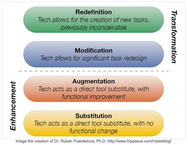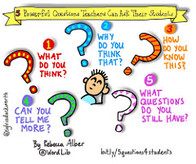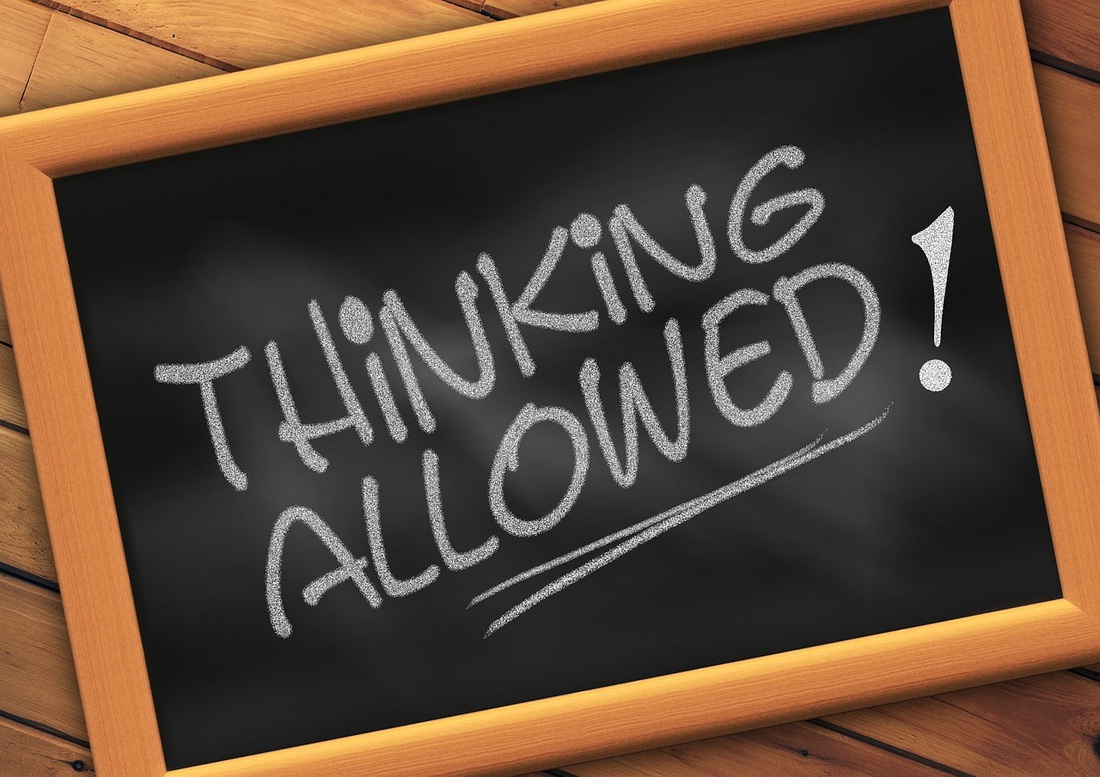A2 - Critical Digital Literacy Inquiry
|
There is one major assignment to be developed in five parts throughout the course. Through an inquiry process, you will demonstrate your understanding of the course Learning Outcomes. Students will identify, research, track and share learning on an inquiry question of their choosing that relates to critical digital literacies. Assessment as, for and of tools and criteria will be developed through online discussions, Slack group conversations, as well as synchronous and asynchronous chats & conversations. Evaluation will be done using the The Faculty of Education Assessment Rubric since this informs all assessments in the professional years.
|
A2: Part One - INQUIRY EXPLORATION – Decoding (A2:Part1)
In this first part, you will review the inquiry model and develop an inquiry question to guide your work. Effective teachers are reflective practitioners. This portion of the assignment offers you the opportunity to review, reflect on and explore digital literacy experiences from your first practicum and personal experiences. You will reflect on the critical digital literacy framework used during this course as you think critically about digital literacies in the classroom.
What questions relevant to digital literacies do you have based on your placement experience(s)? Develop and submit a question that will capture your burning issue, wondering, or challenges. Along with the question, write one paragraph (to maximum of one page, double spaced) to explain what lead you to this question and why this question is important for you. If you feel adventurous, you can also craft this question in an alternate formats such as audio or video (e.g. self-recorded video as a vlog). Your instructor and other course participants will give you feedback when you present your question.
In this first part, you will review the inquiry model and develop an inquiry question to guide your work. Effective teachers are reflective practitioners. This portion of the assignment offers you the opportunity to review, reflect on and explore digital literacy experiences from your first practicum and personal experiences. You will reflect on the critical digital literacy framework used during this course as you think critically about digital literacies in the classroom.
What questions relevant to digital literacies do you have based on your placement experience(s)? Develop and submit a question that will capture your burning issue, wondering, or challenges. Along with the question, write one paragraph (to maximum of one page, double spaced) to explain what lead you to this question and why this question is important for you. If you feel adventurous, you can also craft this question in an alternate formats such as audio or video (e.g. self-recorded video as a vlog). Your instructor and other course participants will give you feedback when you present your question.
- DUE: Submit your INQUIRY QUESTION into the A2: Part1 assignment folder in D2L by Friday, January 18th by 11:59 pm.
- DO: share just your inquiry question in Slack to share with a small group of your classmates.
- DO: Provide feedback to your group members to share insights, to ask for clarification, or suggest resources that can help them prepare for the next part of this assignment. Feedback should be completed by Wed, Jan 23rd so it can be integrated into the A2: Part 2 submission.
|
A2: Part Three – Making Meaning of Inquiry (A2:Part3)
In this module of the assignment you are to develop and share a concept map using Mindomo (Ministry licensed concept mapping software) to demonstrate your understanding of the inquiry question, how it links to critical digital literacy and build connections to your professional learning during the inquiry. This will include connections between your inquiry question, critical thinking and digital literacy. It will include the relevance of your inquiry to the role of a teacher in the classroom/school. Successful completion of this portion of the assignment will incorporate personal reflection that shows growth over time and comprehensive depth of understanding of critical digital literacy. Connections between current values and beliefs about digital literacy will be evident in the concept map.
|

A2: Part Four – Creating and Sharing an Inquiry
Using and applying critical digital literacies (A2:Part4)
In this part of the assignment, you will present your inquiry exploration.
Your presentation, created in your choice of digital tool or resource, will share your learning and model how you made connections with course content and classroom digital literacy practices.
Your presentation should be a 21st century production that incorporates digital literacies, models digital fluency and that will deepen understanding of critical digital literacy. It will engage your classmates in your inquiry question. (For example: a video you prepared and posted to YouTube or Vimeo that the class will access and view, with a follow up activity designed to illustrate your main points and then a consolidation of their and your learning).
You will submit a half page, double spaced reflection that summarizes key points, insights or highlight challenges. This document will be submitted to the assignment folder in D2L.
This culminating task will demonstrate the success criteria developed for this portion of the assignment. You will be given feedback by a group of your peers and instructor after you post your presentation to the group conversation space in Slack. You are expected to provide a comment or feedback to those in your group. Engage in the presentation, exploring the activities created and respond in Slack.
Using and applying critical digital literacies (A2:Part4)
In this part of the assignment, you will present your inquiry exploration.
Your presentation, created in your choice of digital tool or resource, will share your learning and model how you made connections with course content and classroom digital literacy practices.
Your presentation should be a 21st century production that incorporates digital literacies, models digital fluency and that will deepen understanding of critical digital literacy. It will engage your classmates in your inquiry question. (For example: a video you prepared and posted to YouTube or Vimeo that the class will access and view, with a follow up activity designed to illustrate your main points and then a consolidation of their and your learning).
You will submit a half page, double spaced reflection that summarizes key points, insights or highlight challenges. This document will be submitted to the assignment folder in D2L.
This culminating task will demonstrate the success criteria developed for this portion of the assignment. You will be given feedback by a group of your peers and instructor after you post your presentation to the group conversation space in Slack. You are expected to provide a comment or feedback to those in your group. Engage in the presentation, exploring the activities created and respond in Slack.
- DUE: Your half page reflection (which includes a link to your presentation) is privately submitted to the instructor in the A2: Part4 assignment folder in D2L on Saturday, March 1st prior to 11:59 p.m.
- DO: Post ONLY your presentation link into the group space in SLACK by Fri. March 1st prior to 11:59 p.m.
- DO: Add some feedback and comments in Slack, to other’s in your group about their inquiry projects. These are completed by Wed. March 6th.
|
A2: Part Five – INQUIRY COMPLETION
Reflection and self-assessment – Persona (A2: Part5) In this final part of the assignment you will build connections from your inquiry experience to critical digital literacies and reflect on how this learning has changed or influenced your teaching practice. Examining growth and changes of your persona in digital spaces and places will be incorporated. This will be created in a digital format of your choice. It can include graphics, images, text, audio or video components. (e.g. infographic, Flipsnack, Adobe Spark, Tellagami, Powtoon etc). A minimum of 2 pages or 2 minutes to a maximum of 3 pages or 3 min will include reflection on the key factors relevant to critical digital literacies.
|




